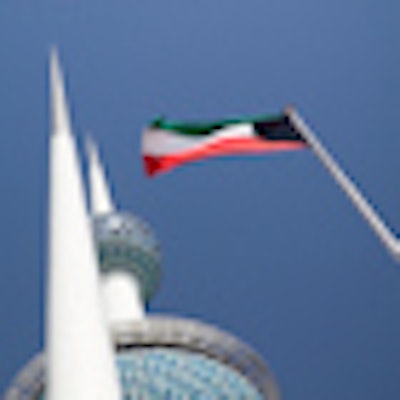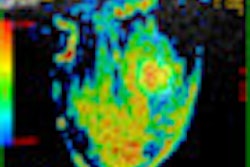
What has made PACS proliferate? The need to manage radiology records, to improve workflow and efficiency, to have better access to information, and to improve communications are all factors. User groups like the PACS Club of Kuwait have also made vital contributions.
Promoting networking among users has been incredibly important for PACS' global growth. Users groups affiliated by product and by culture/geographic regions have made many undocumented contributions to boost the viability of a technology with a reputation of being awkward to use and often tricky to interface.
 Designed by Swedish engineers Sune Lindström and Malene Björn and built by Energoprojekt, a contracting company from Belgrade, Serbia, the Kuwait Towers were inaugurated on 1 March 1979. The spheres are coated with 55,000 Chinese steel paints of eight colors.
Designed by Swedish engineers Sune Lindström and Malene Björn and built by Energoprojekt, a contracting company from Belgrade, Serbia, the Kuwait Towers were inaugurated on 1 March 1979. The spheres are coated with 55,000 Chinese steel paints of eight colors.
The PACS Club of Kuwait is now entering its eighth year. AuntMinnieEurope.com talked with Hussein Alsayiegh, a customer service engineer at Siemens Healthcare in Kuwait and currently the administrator of the club's blog and forum site, Q8PACS, about the history of the club and some of its activities.
The PACS Club of Kuwait was created in 2005 by a group of PACS administrators within the Kuwait Ministry of Health. It was formed to bring all PACS administrators together to share information about the technology and individual systems, and their experiences making their PACS work within hospitals and for users.
The group also met to unify coding in medical imaging within Kuwait. Many of its formal activities focused on training seminars in such computer topics as introduction to SQL queries, understanding Microsoft servers 2003/2008, and using Hardware A+.
In its first years, the organization was led by Ahmed Al Mutairi, a senior PACS administrator at Al Sabah Hospital in Kuwait City. The 506-bed hospital was the first in the country to implement an integrated RIS/PACS and was also an early adopter hospital in the Middle East.
Around 2008, the club reorganized and expanded its membership to include every professional working in Kuwait who is interested in PACS and healthcare IT. Its mission was to improve healthcare by providing better healthcare IT services like imaging informatics. Failures had occurred in efforts to implement RIS/PACS in Kuwait and the club members wanted their organization to be a resource to make the process of implementation smoother, according to Alsayiegh.
In March 2009, the PACS Club of Kuwait began to use online and social media tools to promote better health IT services around Kuwait. These included email groups, blogs, and Twitter. The group contracted with OTech, a Texas-based consulting and imaging informatics training firm and publisher, to provide basic imaging informatics courses to the members.
Herman Oosterwijk, OTech's president, said that one of the greatest challenges that RIS/PACS administrators in Kuwait faced was a lack of well-established policies and procedures relating to the management of imaging informatics systems.
Oosterwijk, who has been conducting OTech's seminars in the Middle East for several years, said there also is a shortage of IT technical staff to support imaging informatics systems. Vendors have the opportunity to provide remote service support, which can be of great benefit to onsite RIS/PACS administrators.
Since 2009, the PACS Club has "played a major role in RIS/PACS reform by promoting evidence-based RIS/PACS services and procurement," Alsayiegh said. "We have helped many hospitals around Kuwait to implement open-source DICOM solutions such as KPACS, DVTK, Osirix, and Clear Canvas."
The club also established a website for medical imaging in Kuwait, KuwaitImaging.net. It is still in development, Alsayiegh explained.
With assistance by the club, the Radiology Council of Kuwait established the first radiologist-oriented group, the Kuwait Medical Informatics Committee. This organization is currently led by Dr. Salwa Haider, a pediatric radiologist from Mubarak Hospital in Kuwait.
In 2012, the Kuwait Medical Informatics Committee organized KMIC2012, a two-day conference titled "Update in Medical Imaging Informatics" held 6-8 February at Kuwait University. The conference incorporated lectures by local, regional, and international speakers, discussion groups relating to Kuwait-specific topics, and vendor displays. Members of the PACS Club of Kuwait were among the organizers and participants.



















